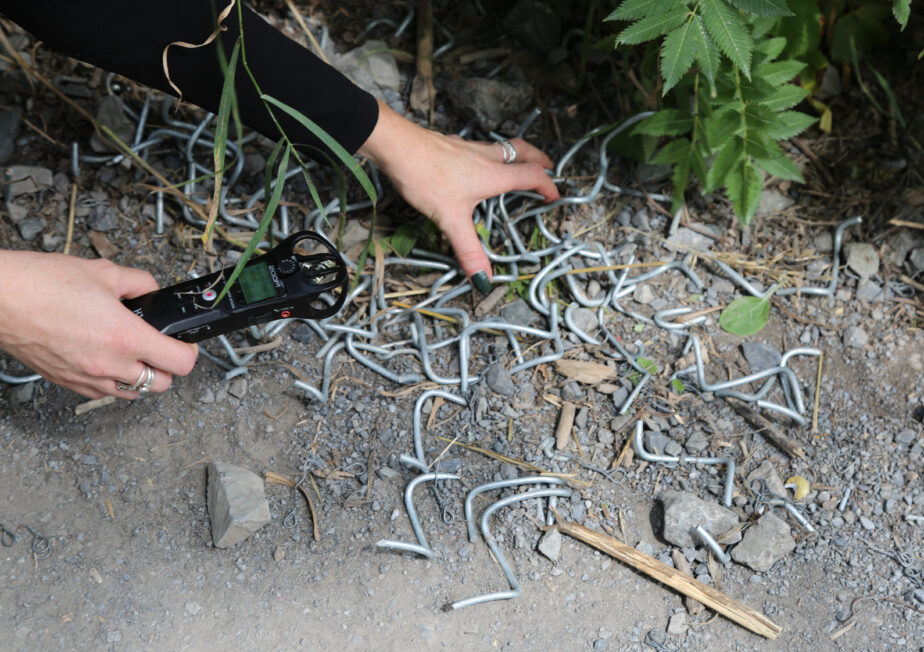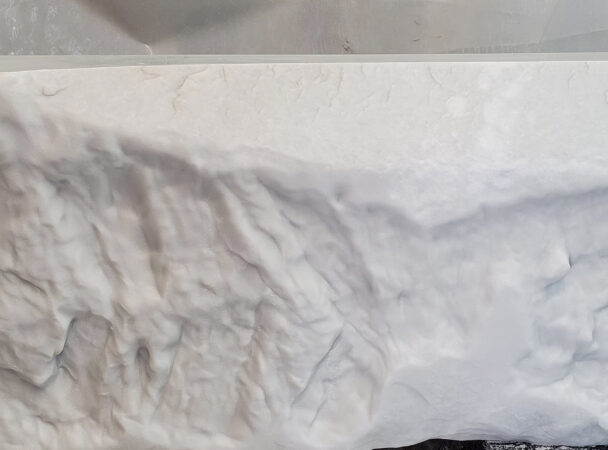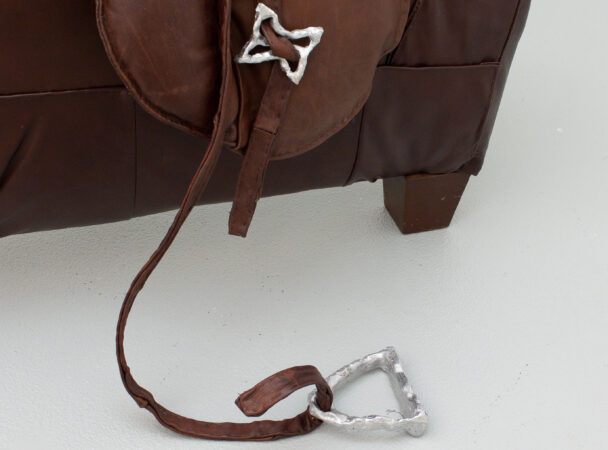
Jessie Myfanwy + Francis (fdg.)
Wasteland
10.31–12.07.2024
10.31–12.07.2024
Opening
Thursday October 31, 6pm
Discussion
Thursday December 5, 6pm
Artist
Jessie Myfanwy + Francis (fdg.)

Wasteland is an imagined narrative of defunct industrial infrastructure that exists at odds with urban development in Montreal. Created from recordings collected at Champ des possibles between August and October, this sonic ecology explores the worlds that get disposed of in the cycle of urban renewal. Wasteland is the latest rendition of a site-specific series that interrogates the relationship between memory, ruination and gentrification.
Adjacent to the Pôle de Gaspé building that houses Centre CLARK, Champ des possibles describes itself as a restoration project, a reinvention of abandoned industrial waste. This naturalized space is first and foremost unceded Indigenous land stewarded by the Kanien’kehá:ka nation. It exists in an area that has followed an archetypal cycle of settler colonialism and gentrification, morphing from working class warehouse district from the 19th and 20th centuries, to an artistic and cultural hub around the millennium. Today the neighborhood has changed to meet the technocratic ideals of modern industry, enclosing the Champ among cafes, condos and climbing gyms.
Using sound composed entirely at the site—such as a wind chime made from broken pieces of chain link fence, singing with cicadas, or the sounds of rusty metal unearthed from the dirt—Wasteland juxtaposes the excesses of industrialization with creative potentiality. Through mimicry and post-production, we blur the boundaries of natural and synthetic, creation and commerce, to mirror the naturalistic exterior of Champ des possibles embedded among tech conglomerates and artist centers. We hope to render visible the past lives and cultural loss perpetuated by development narratives, as well as the complex socio-relational dynamics that circulate the space. We recognize our nuanced positionality as artists and settlers, being precarious to the impacts of gentrification while simultaneously perpetrators of it. By creating an aural landscape that is at once soothing yet destabilizing, we aim to encompass both the joy and the violence of the land, troubling the beauty sought through restoration.
Thank you to the Feminist Media Studio and Access in the Making (AIM) Lab for equipment rentals, and to Jesse Osborne-Lanthier for the audio engineering and additional production.

